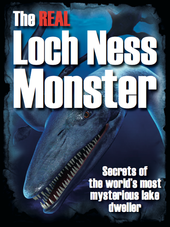In the days when Anglo-Saxons ruled England, November was known as ‘Wint-monath’ or wind-month, as this was when the first serious winter storms started, ushering in a period reckoned to last until signs of spring in March.
For pre-Christian Anglo-Saxons, an important November custom was lighting huge open-air fires to honour their gods and drive away evil spirits.
These early Anglo-Saxons were pagans, a polytheistic faith that worshipped many deities, collectively known as the ése. Chief among them was Woden, but the god Thunor would have been the one to placate in winter, for he was a god of sky and thunder and supposedly a friend of humanity.
Interestingly it’s thought that Thunor’s power symbols included the hammer and the swastika, which represented crossed thunderbolts. It’s a power symbol indeed, and a fact that the Nazi Party – hugely concerned with visual statements, from logos to architecture – used it to such monumental effect. The swastika still wields symbolic power – for example, it is illegal in Germany to sell any product with a swastika affixed, even a model aircraft with correct period markings.
The pagan Anglo-Saxons honoured their dead with burial mounds, hundreds of which are scattered across the length and breadth of England. The mound shown below can be seen at Sutton Hoo, a spectacular site in the east of England now owned by the National Trust. Sutton Hoo covers 255 acres and makes for an awe-inspiring visit that reinforces a sense of the distant past, yet a past that still influences us to this day.

No comments yet.